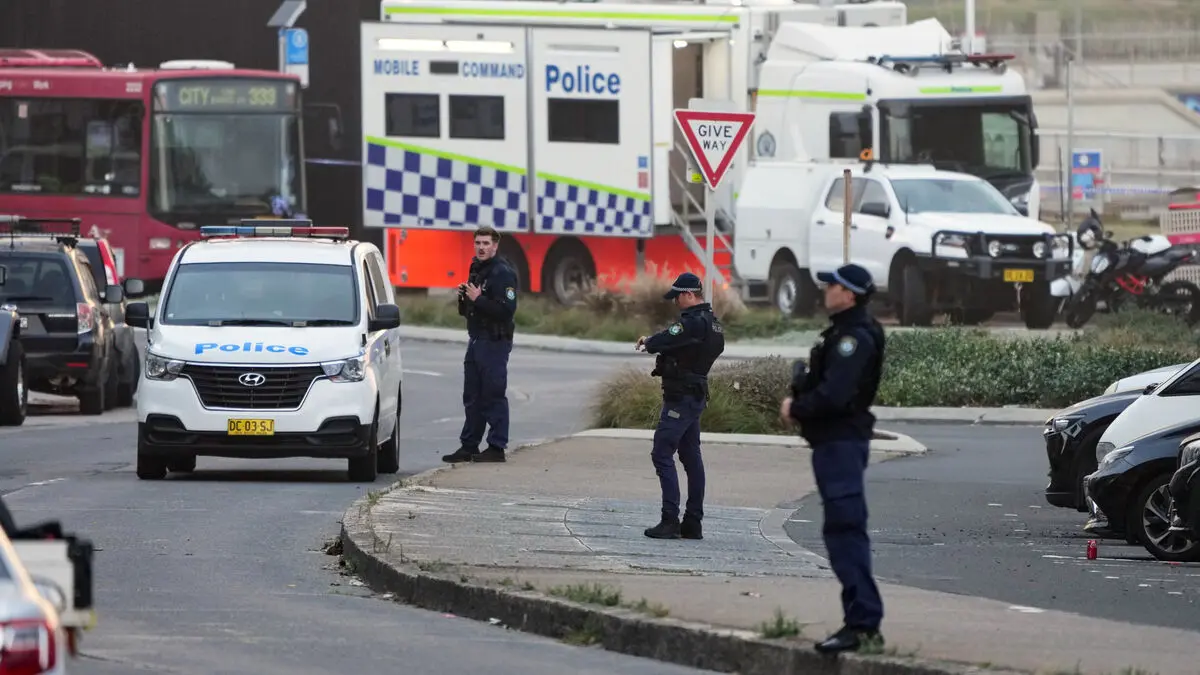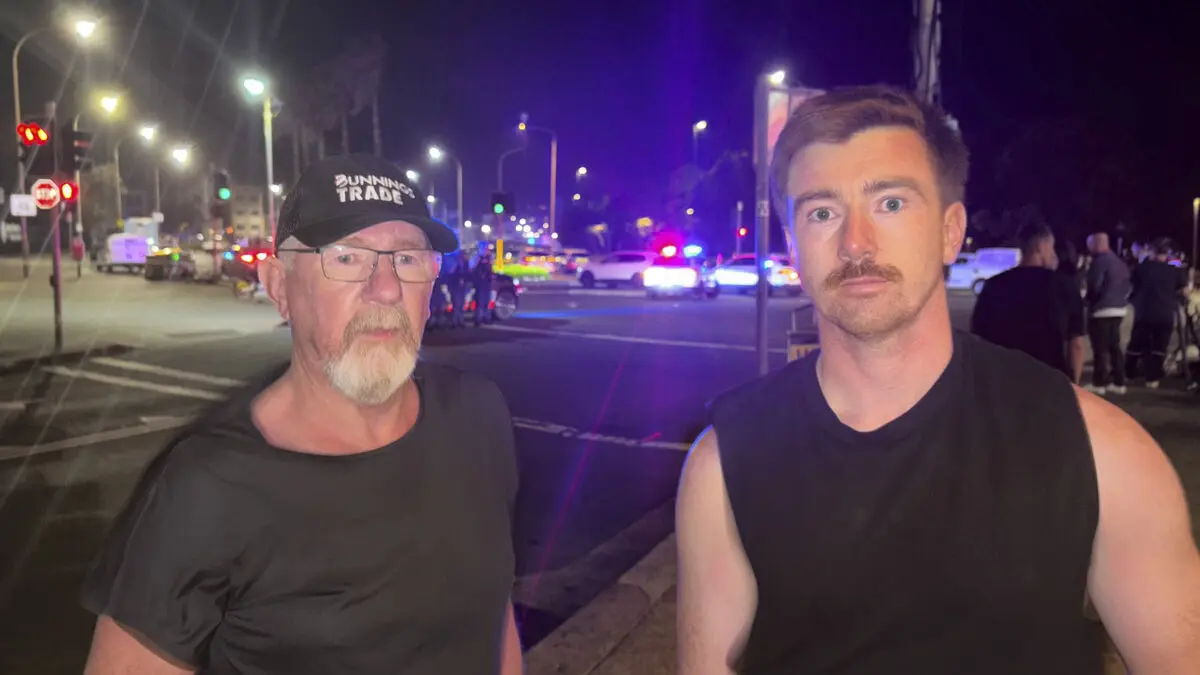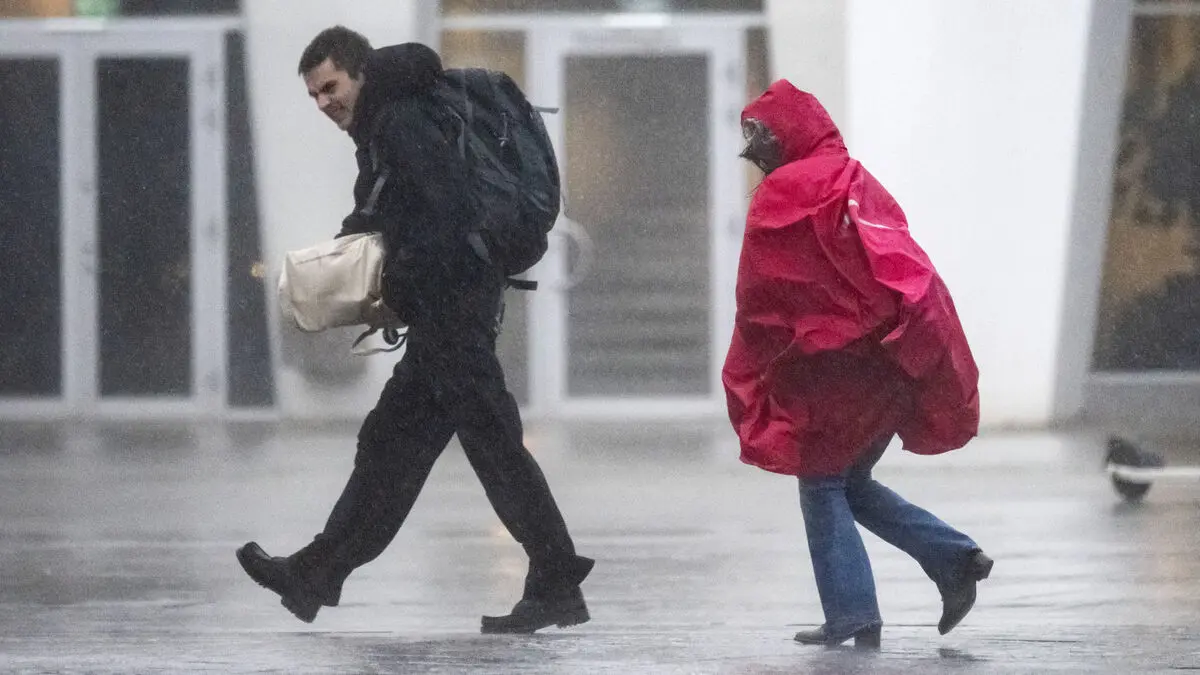During the week, thousands of people have gathered in various parts of Serbia for a march of many miles towards the city of Novi Sad in the north, where a large demonstration will be held on Saturday.
It has been a year since a newly renovated roof at the train station there collapsed, killing 16 people. It was the final straw for many Serbs, who took it as proof that the widespread corruption in the country is having fatal consequences.
“Even more divided”
Many Serbs describe a country that has been shaken to its core during the year. Opinion polls show that on the one hand, the government continues to have support from almost half the population. On the other hand, they show almost equal support for opposing candidates brought forward by the protest movement.
"We are divided, even more and even worse than before (the roof collapse) on November 1," Vesna Senicic, a 61-year-old teacher in the city of Kraljevo, told AFP.
Stana, 65, from Vranje in southern Serbia, doesn't feel touched by what's happening in the north of the country. She wonders if people even know why they're demonstrating.
The roof would have collapsed even if this government had not been in power, she says.
Vucic: Foreign coup
Serbia's construction minister resigned early. Then the prime minister resigned.
President Aleksandar Vucic has suggested some concessions, but has brushed aside corruption allegations. Instead, he has described the protest movement as a foreign plot and demonstrators as “terrorists,” a tone echoed by state media.
The protests have continued to simmer with demands for reforms and new elections, reaching a peak in March when as many as 300,000 people gathered in Belgrade.
Demonstrations have met with violent resistance from both the police and organized dissenters. Protest leaders have been hanged and harassed.
“The fight is not over”
The former construction minister and twelve others have been indicted, but a trial has not been scheduled.
During the year, dozens of protesters have been arrested and several are still being held in custody.
The protesters who began marching in Belgrade on Thursday were met by crowds cheering and honking. Some onlookers cried, according to the AP news agency.
"We are going here to show that our fight is not over and that we all continue," says veterinary student Ana Marija Seslija on the train.
On November 1, 2024, in the middle of rush hour traffic, a 48-meter-long concrete roof collapsed at the train station in Novi Sad in northern Serbia.
16 people died, including a six-year-old child.
The train station was built in 1964 and had been renovated between 2021 and 2024, until just before the collapse.
Shortly after the tragedy, protesters began gathering in Novi Sad. The protests quickly grew and spread across the country, fueled by simmering discontent with President Aleksandar Vucic's autocratic rule and widespread corruption.
In late December, 13 people, including the country's former Minister of Construction and Transport, Goran Vesic, were indicted for the roof collapse. Vesic resigned, but the case has not yet gone to trial. In January, Prime Minister Milos Vucevic also resigned.
Protests have continued throughout the year, sometimes involving tens or hundreds of thousands of participants, with elements of police clashes and counter-demonstrations.





